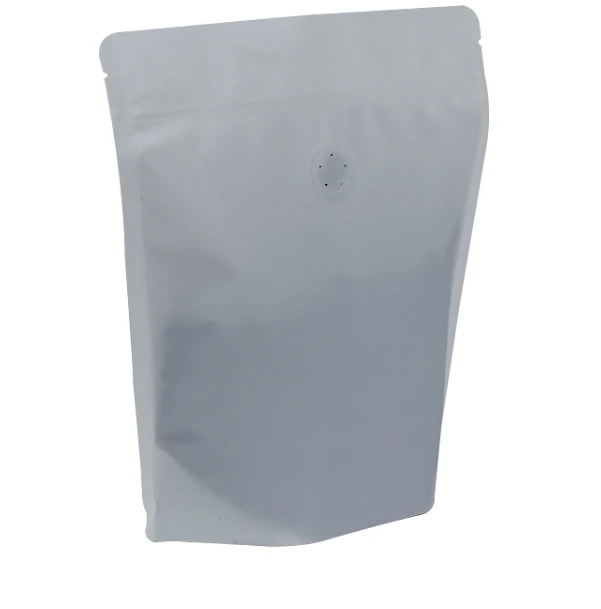- Afrikaans
- Albanian
- Amharic
- Arabic
- Armenian
- Azerbaijani
- Basque
- Belarusian
- Bengali
- Bosnian
- Bulgarian
- Catalan
- Cebuano
- chinese_simplified
- chinese_traditional
- Corsican
- Croatian
- Czech
- Danish
- Dutch
- English
- Esperanto
- Estonian
- Finnish
- French
- Frisian
- Galician
- Georgian
- German
- Greek
- Gujarati
- haitian_creole
- hausa
- hawaiian
- Hebrew
- Hindi
- Miao
- Hungarian
- Icelandic
- igbo
- Indonesian
- irish
- Italian
- Japanese
- Javanese
- Kannada
- kazakh
- Khmer
- Rwandese
- Korean
- Kurdish
- Kyrgyz
- Lao
- Latin
- Latvian
- Lithuanian
- Luxembourgish
- Macedonian
- Malgashi
- Malay
- Malayalam
- Maltese
- Maori
- Marathi
- Mongolian
- Myanmar
- Nepali
- Norwegian
- Norwegian
- Occitan
- Pashto
- Persian
- Polish
- Portuguese
- Punjabi
- Romanian
- Russian
- Samoan
- scottish-gaelic
- Serbian
- Sesotho
- Shona
- Sindhi
- Sinhala
- Slovak
- Slovenian
- Somali
- Spanish
- Sundanese
- Swahili
- Swedish
- Tagalog
- Tajik
- Tamil
- Tatar
- Telugu
- Thai
- Turkish
- Turkmen
- Ukrainian
- Urdu
- Uighur
- Uzbek
- Vietnamese
- Welsh
- Bantu
- Yiddish
- Yoruba
- Zulu
how dimensions are written
Understanding How Dimensions Are Written
In fields ranging from engineering and architecture to graphic design and art, the representation of dimensions is a critical component for clarity and precision. Dimensions are numerical values that represent the size, shape, and orientation of objects and structures. Understanding how dimensions are documented can significantly affect both communication and implementation in any project. This article explores various conventions for writing dimensions, their importance, and best practices.
1. Importance of Dimension Writing
The primary purpose of writing dimensions is to provide clear and accurate specifications for manufacturing, construction, and analysis. Misunderstandings in dimensions can lead to costly mistakes, subpar designs, and safety hazards. Therefore, establishing a standardized way to express dimensions becomes crucial, ensuring that everyone involved—whether they are engineers, builders, or designers—interprets the information correctly.
2. Common Conventions
Dimensions are typically presented in a standardized format that includes the numerical value followed by the unit of measurement. The most common units include metric (millimeters, centimeters, meters) and imperial (inches, feet) measurements. Depending on the industry, particular conventions may be followed
- Engineering Drawings Dimensions in engineering drawings often follow standards like ISO (International Organization for Standardization) or ASME (American Society of Mechanical Engineers). These standards dictate not only how dimensions should appear but also how they should be arranged and what additional symbols may be needed (like diameter or radius indicators). - Architectural Drawings In architecture, dimensions are generally expressed in feet and inches in the imperial system or in meters in the metric system. Architectural drawings often include both overall dimensions (the total size of the structure) and detailed dimensions (specific sizes for elements such as windows and doors).
3. Writing Dimensions in Different Contexts
When writing dimensions, the context often dictates the format
- Two-Dimensional Objects For two-dimensional shapes, such as rectangles or circles, dimensions may include both height and width (for rectangles) or radius (for circles). For example, a rectangle can be denoted as 30 cm x 20 cm, while a circle might be expressed as a diameter of 10 cm.
- Three-Dimensional Objects For three-dimensional objects, dimensions typically include length, width, and height, expressed in the order that is conventional for the respective field. A box might be dimensioned as 40 cm (length) x 30 cm (width) x 20 cm (height).
how dimensions are written

- Technical Drawings In technical drawings, dimensions must be accurate and annotated correctly. Usually, dimensions are displayed in a linear format (e.g., “100 mm ± 2 mm”) indicating not only the size but also permissible variances, which is vital in manufacturing.
4. Best Practices for Writing Dimensions
To ensure clarity and prevent misinterpretation, consider the following best practices when writing dimensions
- Use Clear Units Always specify the unit of measurement. This avoids confusion, especially when dealing with international projects where metric and imperial units may both be used.
- Maintain Consistency Stick to one measurement system throughout a document. Mixing systems can lead to serious errors.
- Be Precise Avoid vague terms like “about” or “approximately.” If there is a tolerance range, include it explicitly, such as 50 mm ± 1 mm.
- Utilize Visual Aids In technical drawings, dimensions are often accompanied by lines or arrows pointing to the specific parts they refer to. This visual context helps in understanding the written dimensions better.
- Double-Check Errors in dimension writing can propagate through the design process. Always verify dimensions before finalizing documents, and encourage team members to do the same.
Conclusion
The proper writing of dimensions is a foundational skill across various professional fields. As projects grow in complexity, the need for clear and meticulous communication becomes paramount. By adhering to standard conventions and best practices, professionals can avoid costly errors, streamline workflows, and achieve successful outcomes. Remember, precise dimensions not only guide work but also ensure the safety and effectiveness of the final product.













